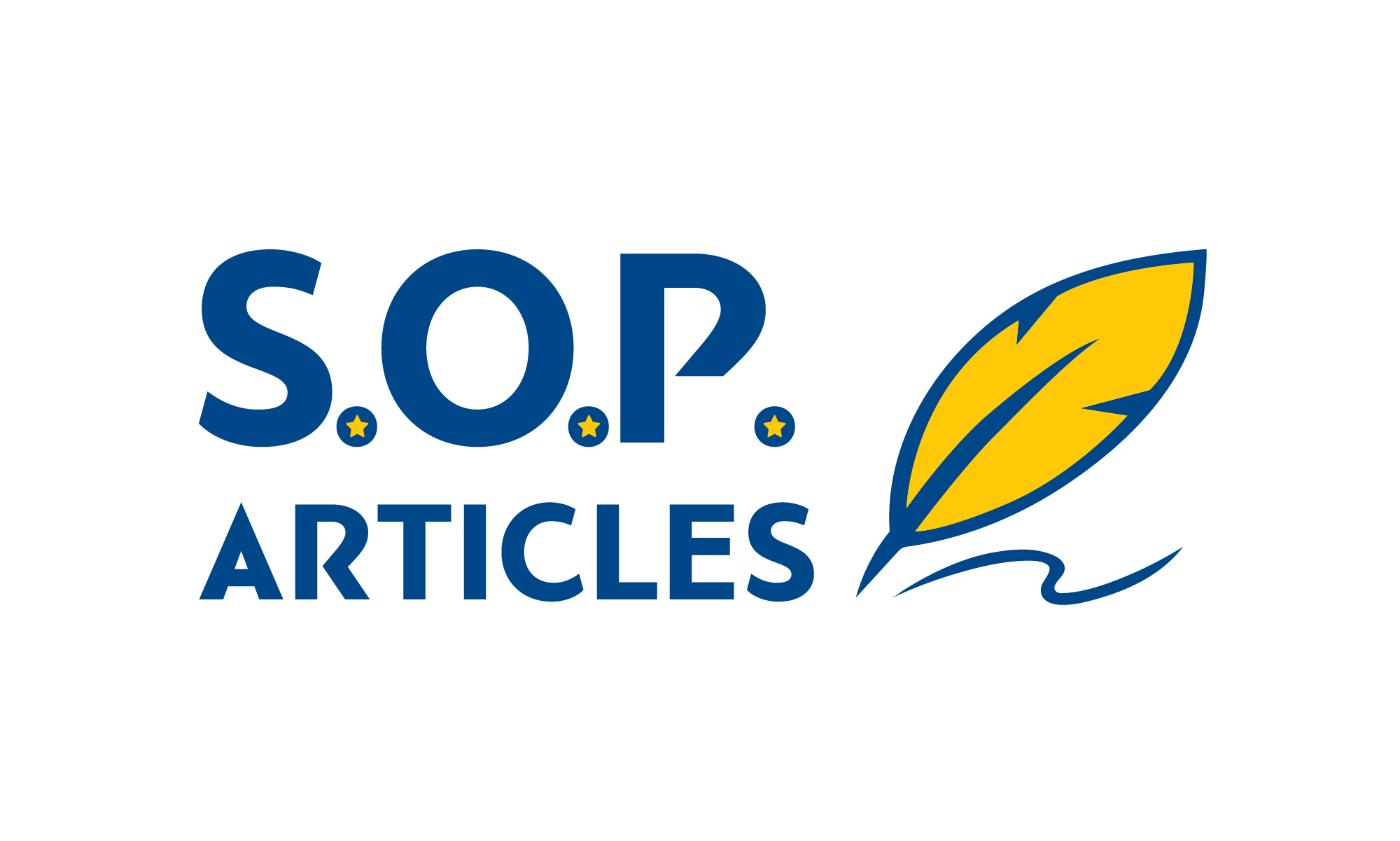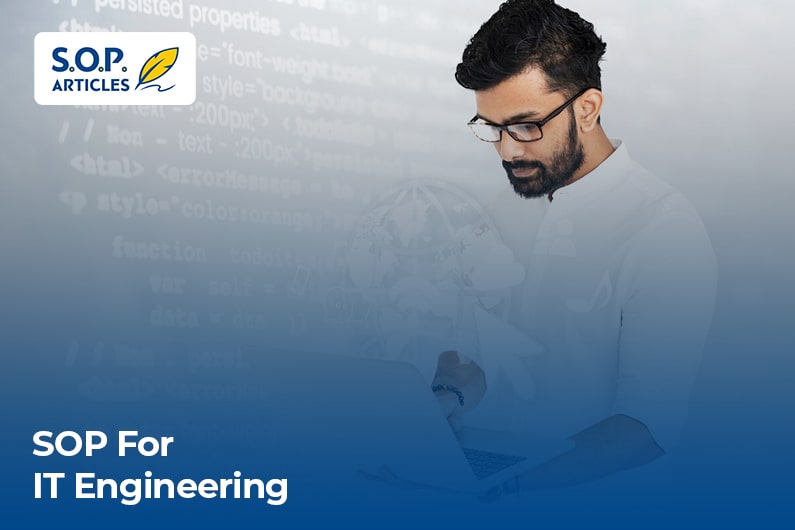Introduction
The world is increasingly powered by technology, and at the heart of this digital transformation is Information Technology (IT). Pursuing a Master’s or PhD in IT Engineering is not just an academic pursuit; it’s a commitment to shaping the future of how we interact with technology. However, before you can embark on this transformative journey, you’ll need a key—a Statement of Purpose (SOP). Your SOP for IT Engineering is more than just a document; it’s your canvas to paint a compelling narrative of your passion, qualifications, and aspirations. In this comprehensive guide, we’ll explore the essential elements and expert tips to help you craft an SOP that stands out, securing your place in the world of IT Engineering academia and industry.
The Significance of Your SOP
Your SOP serves as your personal introduction to the admissions committee. It’s your opportunity to move beyond transcripts and test scores, presenting a comprehensive view of who you are and why you’re an ideal candidate for the program. Here’s what your SOP should aim to achieve:
1. Showcase Your Passion: Begin by expressing your genuine enthusiasm for IT Engineering and your desire to contribute to its advancement. Share the story of how you discovered your fascination—whether it was through coding, problem-solving, or witnessing the transformative power of technology. Let your dedication shine through your words.
2. Highlight Your Qualifications: Demonstrate your academic qualifications, including your undergraduate degrees, relevant coursework, IT-related projects, and any practical experience. Explain how these experiences have equipped you with the knowledge and skills necessary for success in a Master’s or PhD program.
3. Connect the Dots: Create a clear link between your past academic and professional experiences and your future aspirations in IT Engineering. Explain how the program aligns with your career goals and how it will facilitate your growth as an IT engineer, researcher, or innovator.
4. Reflect Your Fit: Show that you’ve done your homework. Discuss specific faculty members, research areas, or resources at the institution that align with your research interests. This demonstrates that you’ve thoughtfully considered the program and are genuinely excited about it.
5. Highlight Soft Skills: Beyond technical proficiency, emphasize soft skills such as problem-solving, teamwork, and effective communication. These skills are highly valuable in IT Engineering and can distinguish you as a candidate.
Structure of your SOP
- Introduction: Begin with a captivating hook that grabs the reader’s attention. Share a brief anecdote, a pivotal moment in your IT journey, or a personal experience that ignited your passion for the field. This introduction should set the tone for the rest of your SOP.
- Your Academic Background: Detail your academic journey, focusing on your IT-related coursework, projects, and any relevant internships or work experiences. Mention any academic honors, awards, or scholarships you’ve received. Explain how your academic experiences have laid the foundation for your pursuit of an advanced degree in IT Engineering.
- Research and Work Experience: Highlight your research experience, internships, or work in the field of IT Engineering. Discuss specific projects, your role, and the skills you’ve acquired. Emphasize how these experiences have deepened your passion and contributed to your expertise as an IT engineer, researcher, or innovator.
- Why This Program? : This section is pivotal. Explain why you’re specifically interested in this Master’s or PhD program in IT Engineering. Mention professors whose work aligns with your research interests, specific research centers or projects that excite you, or unique resources the program offers. Show that you’ve conducted thorough research and that your application isn’t arbitrary but driven by genuine enthusiasm.
- Future Goals: Discuss your short-term and long-term career aspirations in IT Engineering. Explain how this program will equip you to achieve them. Conclude by summarizing your passion for IT Engineering, your commitment to research or industry advancement, and your readiness to excel in the program.
- Style: Maintain a professional yet engaging tone throughout your SOP. Avoid excessive technical jargon that may alienate non-experts. Write with clarity, coherence, and conciseness, and meticulously proofread for grammar and spelling errors.
Additional Tips for SOP
1. Be Specific: Provide concrete examples and anecdotes to illustrate your points. Avoid making vague claims; instead, offer evidence of your skills and experiences.
2. Avoid Cliches: Admission committees read numerous SOPs, so steer clear of generic phrases or clichés. Your narrative should stand out as unique and authentic.
3. Seek Feedback: After drafting your SOP, seek feedback from IT professors, mentors, or peers. They can provide valuable insights and help you refine your writing.
4. Tailor for Each Program: Customize your SOP for each program you apply to. Mention program-specific details to demonstrate your genuine interest.
Conclusion
Your SOP for IT Engineering is your opportunity to shine. It’s your platform to showcase your passion, qualifications, and aspirations as an IT engineer, researcher, or innovator. By adhering to the structure, content, and tips outlined in this guide, you’re well on your way to crafting a compelling SOP that sets you apart in the competitive world of IT Engineering graduate admissions. Remember, your SOP is not just a document; it’s your narrative waiting to be told, and it holds the key to your future in the dynamic realm of IT Engineering innovation and advancement.











